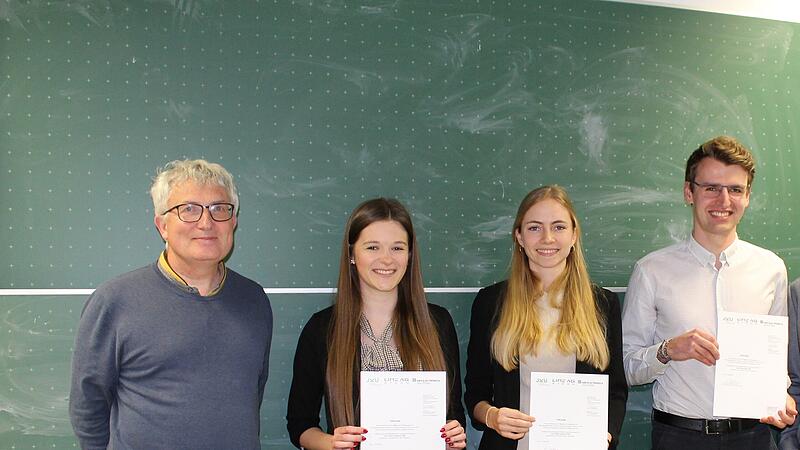How much electricity do Linz AG customers in the state capital use in a month? “That depends on many factors,” explains Klemens Längauer, an expert in risk management at Linz AG. “Electricity consumption during the peak hours during the day is about twice as high as at night. Influencing factors are our consumption behavior – i.e. when we get up or cook. The influence of solar radiation is becoming stronger,” he says. Even with precise models, there are outliers that would cause high costs.
The energy supplier and the university have come up with a special challenge for the statistics students at the JKU: For the “Electricity Challenge” they should develop forecast models that calculate the electricity consumption of Linz AG customers. Such tasks are valuable for the students, says Andreas Futschik, co-head of the JKU Kurt Rothschild School of Economics and Statistics.
In addition to the well-founded, interdisciplinary training – “the bachelor’s degree in Statistics and Data Science also includes the handling and use of artificial intelligence, which is unique in Austria” – the practical orientation is important to him, explains Futschik.
Between theory and practice
20 Master’s students from the JKU took up the challenge. They created their own forecasts, taking into account as many factors as possible. The best works have now been selected: Birgit Grubauer from Gallneukirchen won. Their forecasts deviated by an average of just six megawatts from the actual electricity consumption in Linz for November (96 gigawatt hours) and December (106 gigawatt hours). To classify how accurate that is: One gigawatt hour is the equivalent of 1000 megawatt hours.
The 23-year-old worked on her model for around 50 hours: “For me, the biggest difficulty was finding out which type of modeling is best suited. Real data often deviate from theory.”
She recommends the statistics degree, says Grubauer: “During the course of your studies you come into contact with many disciplines and can explore your own interests.” Due to the small course, the supervisory relationship is familiar: “You benefit from the individual support of the teachers and the exchange with fellow students.”
2000 euros prize money
Grubauer, Elias Zeintl, who placed second, and Victoria Wimmer, who came third, received prize money of 2,000 euros for their excellent work. Klemens Längauer from Linz AG was very impressed by the students’ performance: “You can see a high level of specialist knowledge. We will certainly see whether we can use the work for our own models.”
Source: Nachrichten




